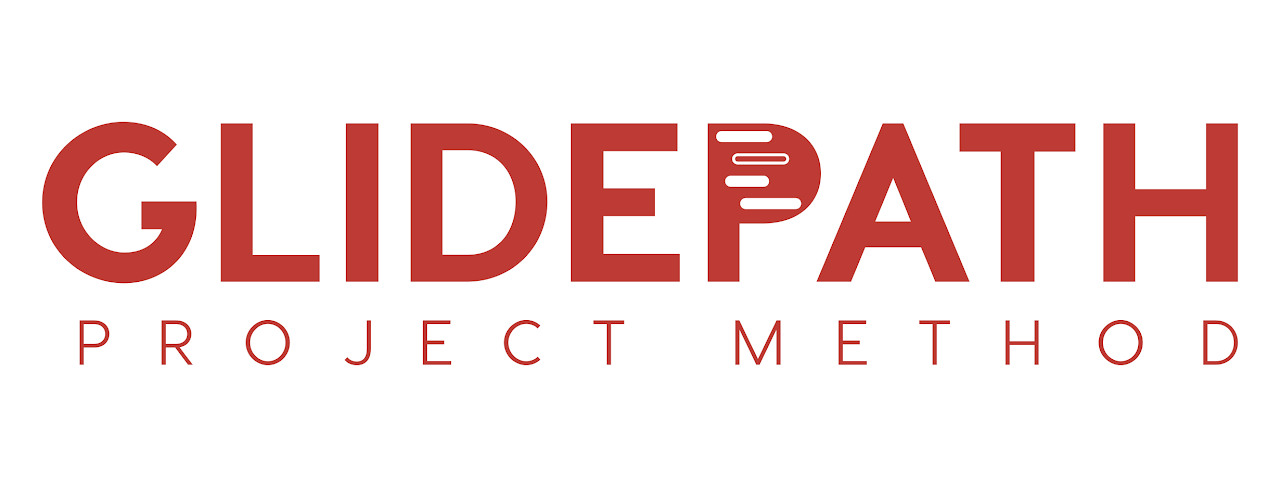| Term/Acronym | Definition and usage |
| Artefacts | Artefacts are document templates e.g. business case, project brief, project plan, team plan, etc. These artefacts are turned into the project management products by the project management team. |
| Baseline | A project’s baseline is defined as the agreed scope, cost, schedule, quality, benefits and risks. The baseline must be defined, documented and approved before the project execution and control activities can begin. Once the project starts, the project’s baseline is put under change control to manage changes and their impact on the project. |
| Business Case | A document recording the justification for an organizational activity. It includes costs, benefits, risks and timescales, as well as calculation of the financial case. |
| Change Control | The governance and process that defines that all changes that may affect the project are agreed upon, objectives are identified, assessed and either approved, deferred or rejected. |
| CI | Configuration item, a changeable unit of a hardware and software asset or an instance of a SKU. |
| CMDB | A configuration management database (CMDB) is an ITIL term for a database used by an organisation to store information about hardware and software assets (commonly referred to as Configuration Items [CI] ). This database stores information regarding the relationships between the CIs, recording the organisation’s critical assets and their upstream and downstream dependencies. |
| Constraints | Limitations or boundaries (e.g. submission deadline for a tender) that need to be considered during the life of the project. These cannot be controlled or changed. |
| Deliverable | For any output to be classified as a deliverable within a project, it must be within the scope of the project, the project board must agree to it and it must be the result of deliberate work carried out by the project team and serve to achieve the project’s objective(s). |
| Dependencies | The relationship between various activities in a project. Internal dependencies are those under the control of the project governance and external are not. |
| Effort | Actual work hours or days by project team members. During planning and estimating the distinction must be made between effort and elapsed time, for example 8 hours of testing effort may span a week of elapsed time. |
| Issue | A relevant event – to the project – which has happened, was not foreseen and which requires a response (e.g. an unplanned absence of a key project member). Issues can be raised at any time during the project and by anyone, including anyone external to the project (e.g. the building is closing until further notice). Issues sometimes evolve from risks that aren’t adequately addressed in a timely manner. |
| Logs and registers | Logs are used for raw data requiring little or no further processing. Logs are typically not included in project reporting.Registers capture and record material working/worked content and may be used for project reporting. |
| Project assurance | A responsibility of the project board, where the project’s performance is objectively assessed. This assessment considers whether users’ requirements are being met, and if the project’s intended benefits outweigh its costs. |
| Project Management Product | Products produced during the project by management team, usually the project manager, e.g. Project Initiation Document, the project registers and other template artefacts; to manage and control the project in the delivery of the Project Product(s). |
| Project Product | Defined during by the project manager in Project Product Description(s) and created by the Project Delivery Teams, the Project Products are the reason for the project and are what’s produced by it. |
| RASCI Chart | Responsible, Accountable, Supports, Consulted or Informed provides a matrix of all the activities and assigned stakeholders. |
| Risk | A project risk is an uncertain event that may or may not occur during a project, but has been identified for tracking and management. A (known) project risk could have either a negative or a positive impact on the project; and, if correctly managed by the project team, should not escalate into an unplanned issue. |
| Scope | The sum of the products and services to be produced by the project. Scope is one of the 6 project baselines: scope, time, cost, quality, benefits and risks. |
| SKU | Stock keeping unit. Used to identify a product and is typically the simplest changeable component usually to be sold and maintained on it’s own. |
| Sprint | An iterative unit of time, typically a one, two, or four week period. Sprints give the opportunity to users to reflect, make adjustments, and plan interaton based on events and conditions. |
| Tolerance | The permissible deviation from a baseline (time, cost, quality, scope, benefit and risk), where escalation is not required. Tolerance is applied at project, stage and team levels. |
| Trigger | An event or decision that triggers a Project Management Process e.g. a request for a proposal (RFP) often triggers a bid process (project). |
| Use Case | A list of actions or event steps typically defining the interactions between a role and a system to achieve a goal. |
